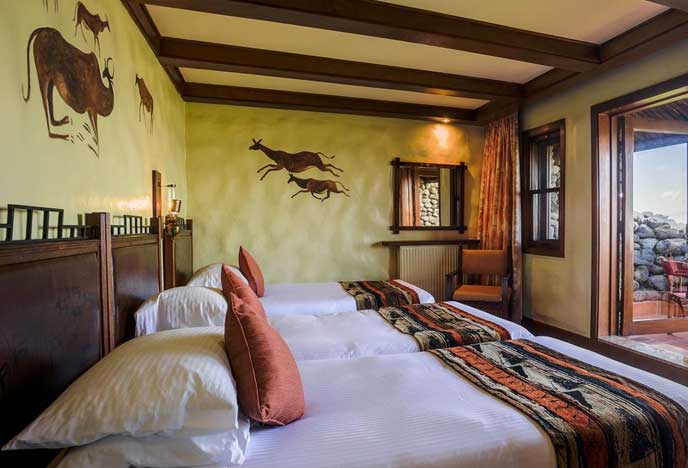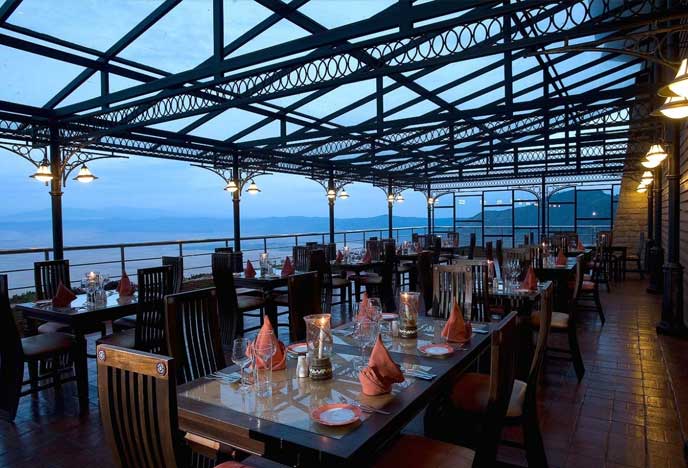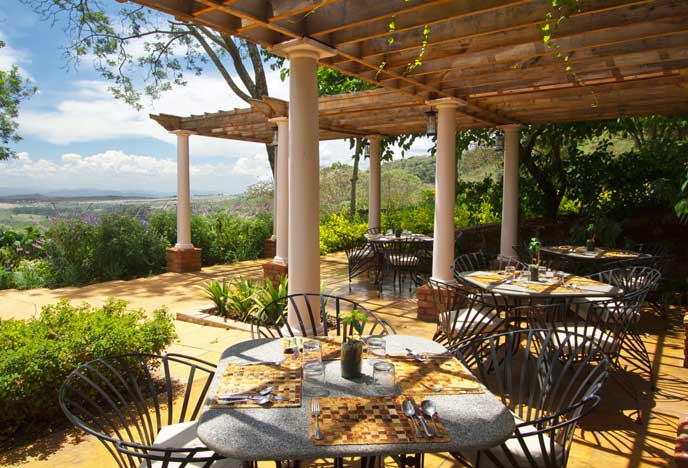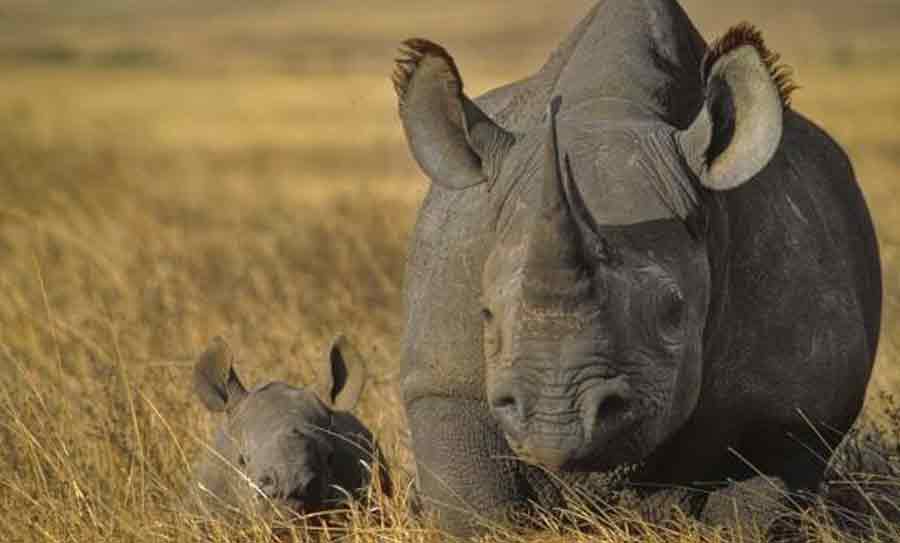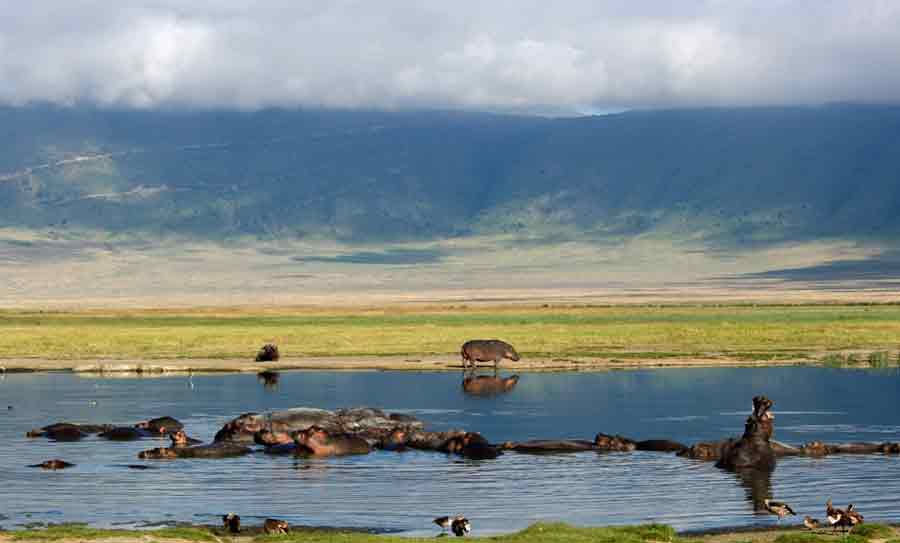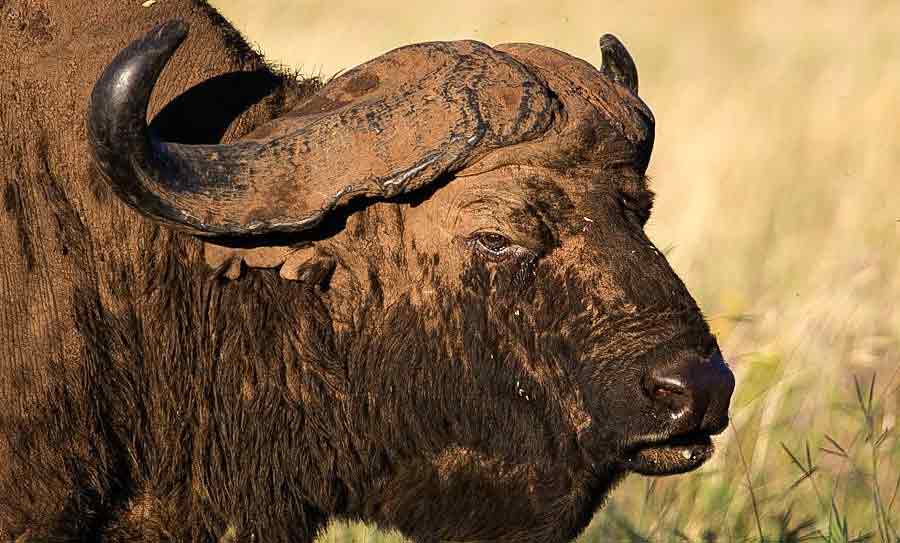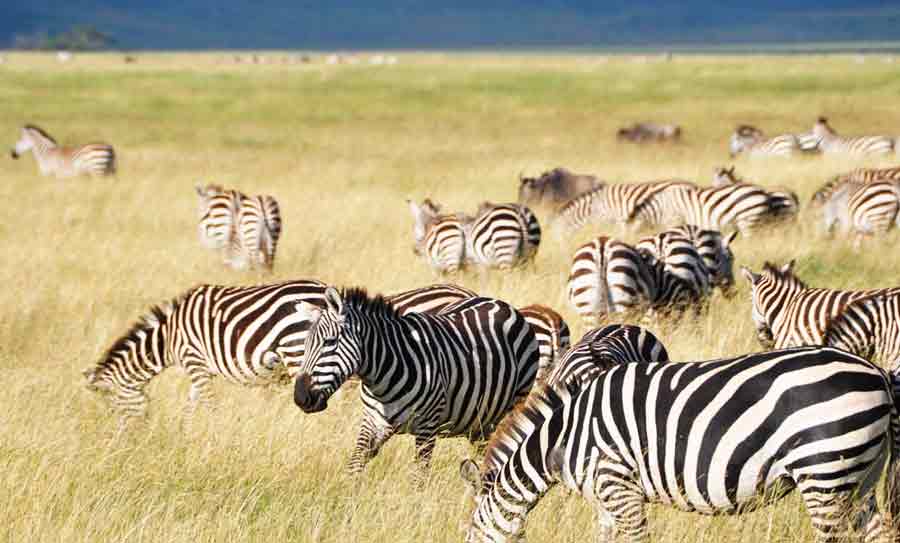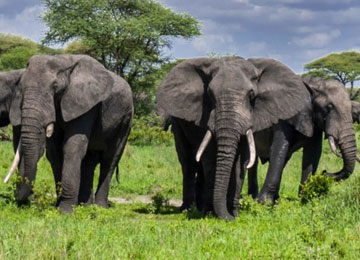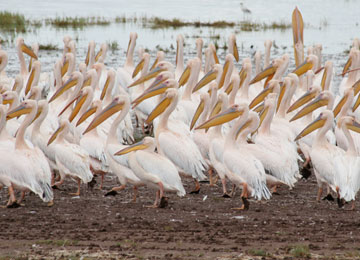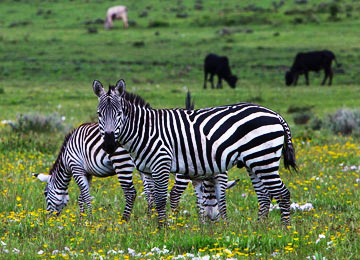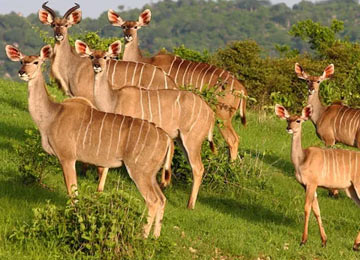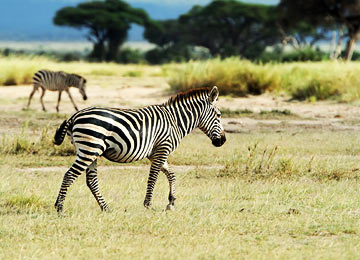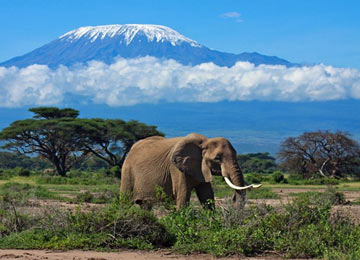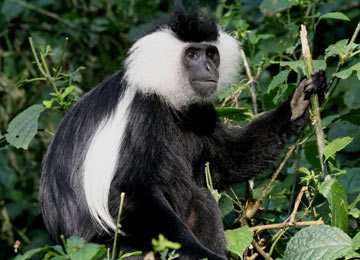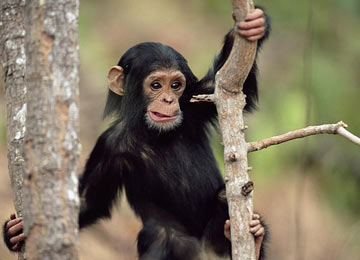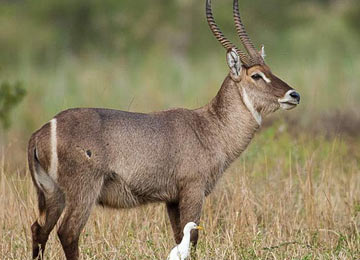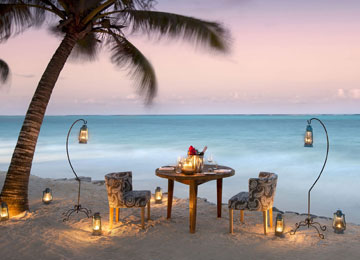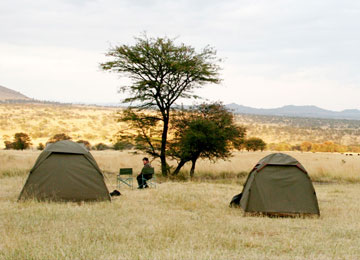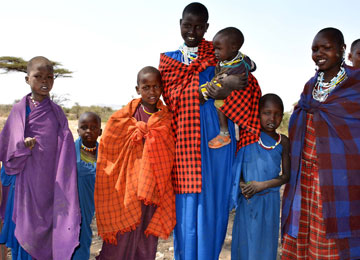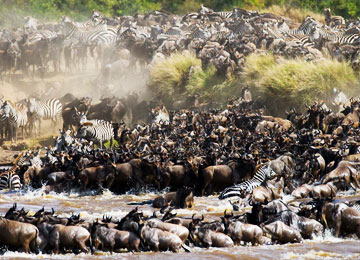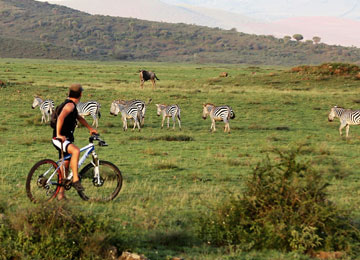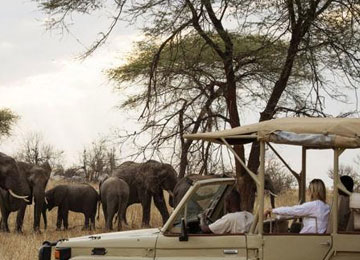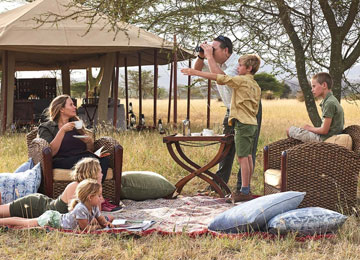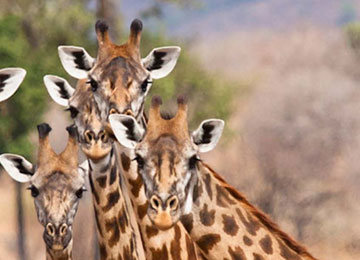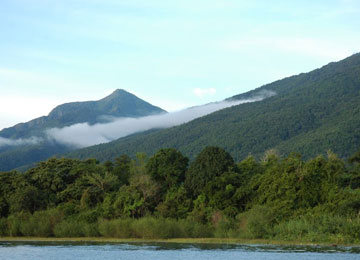Ngorongoro Conservation Area in the Northern part of Tanzania is the most demanded and highlighted national park of the country. It is counted as one of the prime Tanzania Destination that contributes the largest in the revenue collection of the country. The conservation area is also called as the Garden of Eden.
The national park welcomes around 60% of the total visitors that are coming to Tanzania each year. The conservation area is named after the crater that is situated in the highland area. It was believed to be the highest point of Africa once, even taller than Mt. Kilimanjaro.
Around 3 million years ago, a great volcanic explosion took place in the area. After the eruption the highland decreased its height and a huge caldera got initiated. The caldera is the largest natural unbroken caldera on earth and it adds a great beauty to the conservation area.
The conservation area is the only place where the wildlife and human stays together without interfering each other’s territory. There are around 60,000 Maasai pastoralists residing in the highland area who got shifted from the Serengeti National Park area.
The Conservation area is well known due to its large animal concentration too. The big five presence and the huge population of large mammals makes it more desired by the travelers. You can meet few endangered species like the rhinos that are the critically endangered species on earth.



